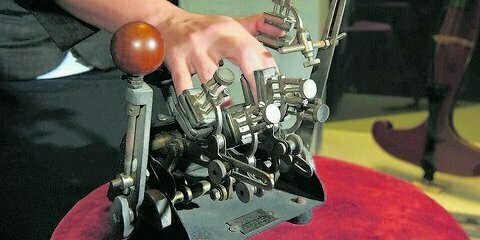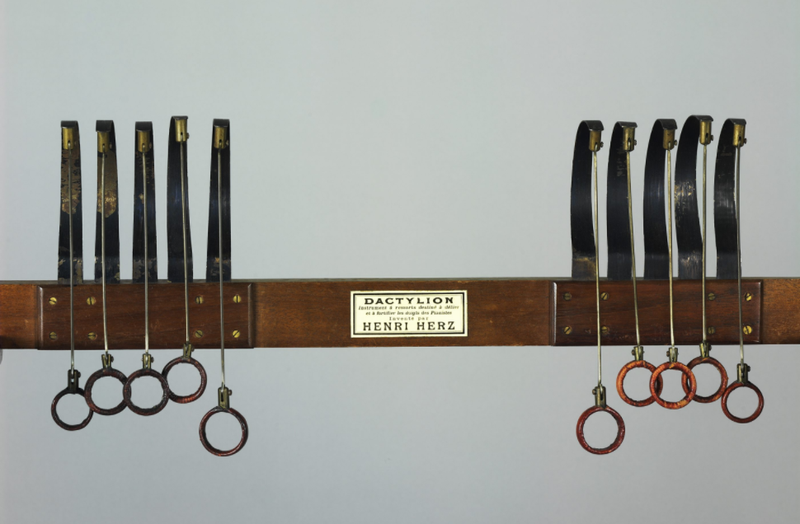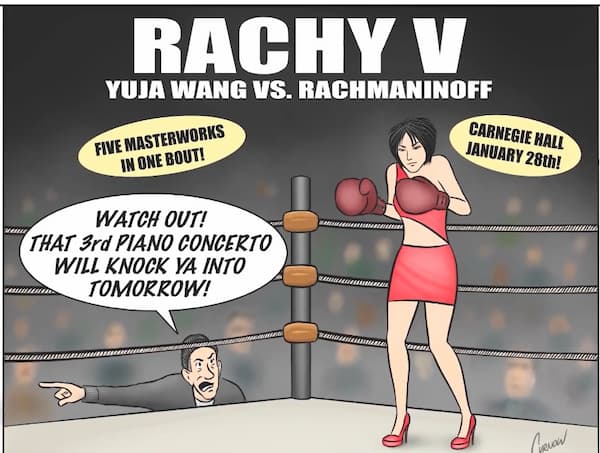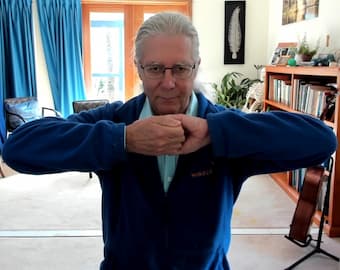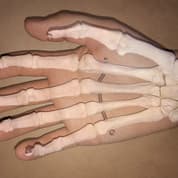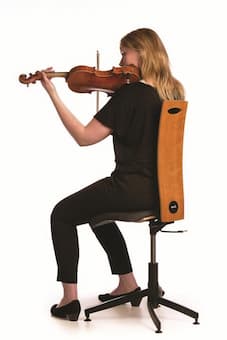 The importance attached to virtuosity at the beginning of the 19th century is evidenced by the publication of an enormous number of new methods for piano. The great majority was directed towards the acquisition of practical and technical perfection in performance. Carl Czerny made a good living churning out his famous Klavierschule, and the revised methods of Pleyel and Dussek placed even greater emphasis on the acquisition of exceptional technical skills.
The importance attached to virtuosity at the beginning of the 19th century is evidenced by the publication of an enormous number of new methods for piano. The great majority was directed towards the acquisition of practical and technical perfection in performance. Carl Czerny made a good living churning out his famous Klavierschule, and the revised methods of Pleyel and Dussek placed even greater emphasis on the acquisition of exceptional technical skills.
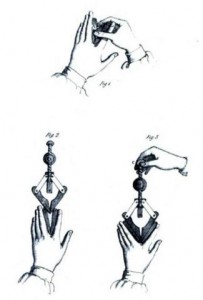
Chirogymnast
Carl Czerney: Kunst der Fingerfertigkeit, Op. 740
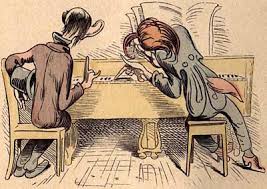 The invention of the Chirogymnast was rapidly spread via paid articles in musical journals. The Musical World reports, “The Chirogymnast, an apparatus…has been recently invented for the purpose of training the hands and fingers of the learners on the pianoforte, so as to give them greater command of the keys, and to render the fingers more independent of each other. The apparatus, though fitted on a small portable frame, consists of several parts, by means of which the joints of the hand may be gradually relaxed, and each finger obtain a free play both perpendicularly and horizontally, so as to stretch farther apart or rise higher with great facility…Other advantages of the Chirogymnast are that by its means the mere manipulations of the pianoforte, which usually require such long practice to become familiar with, are acquired in a much shorter time, without noise and without injury to the instrument.”
The invention of the Chirogymnast was rapidly spread via paid articles in musical journals. The Musical World reports, “The Chirogymnast, an apparatus…has been recently invented for the purpose of training the hands and fingers of the learners on the pianoforte, so as to give them greater command of the keys, and to render the fingers more independent of each other. The apparatus, though fitted on a small portable frame, consists of several parts, by means of which the joints of the hand may be gradually relaxed, and each finger obtain a free play both perpendicularly and horizontally, so as to stretch farther apart or rise higher with great facility…Other advantages of the Chirogymnast are that by its means the mere manipulations of the pianoforte, which usually require such long practice to become familiar with, are acquired in a much shorter time, without noise and without injury to the instrument.” 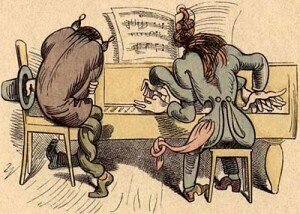 I suppose, they never really spoke about the injuries caused to the hand of numerous unfortunate pianists. Chopin, for one, was outspokenly hostile to these artificial devices, and “recommended his pupils to make use of their own intelligence in practicing.”
I suppose, they never really spoke about the injuries caused to the hand of numerous unfortunate pianists. Chopin, for one, was outspokenly hostile to these artificial devices, and “recommended his pupils to make use of their own intelligence in practicing.” Frédéric Chopin: Etudes Op. 10 & 25 (exerpts)

